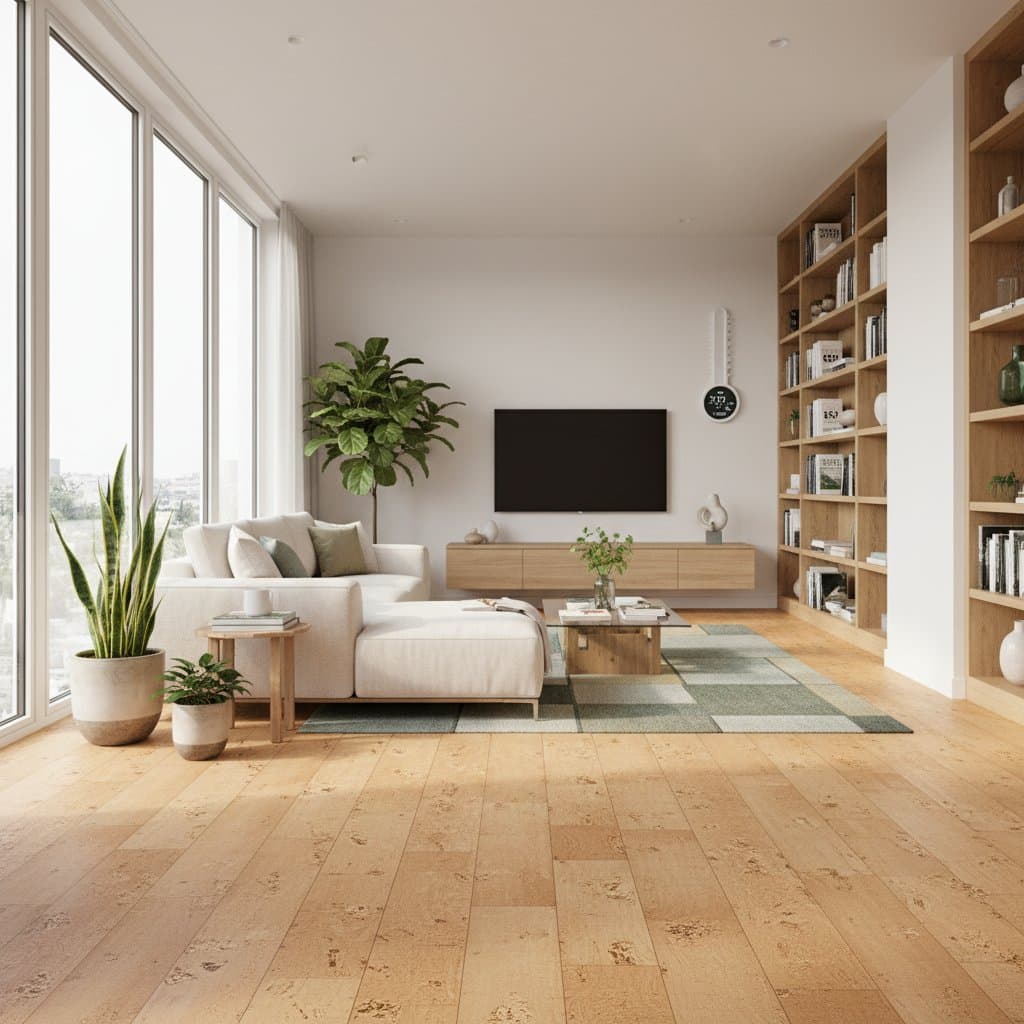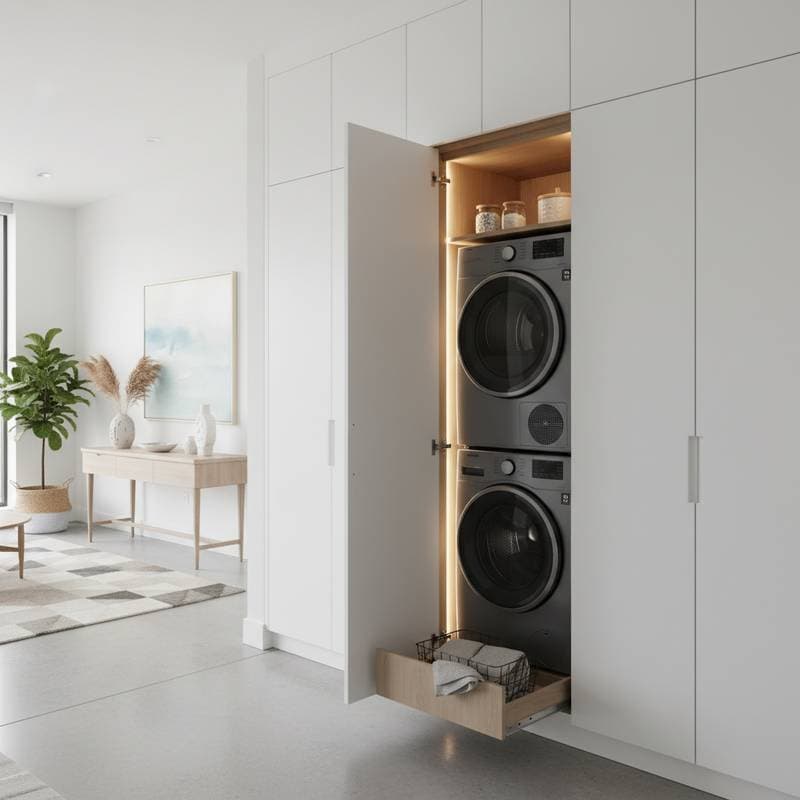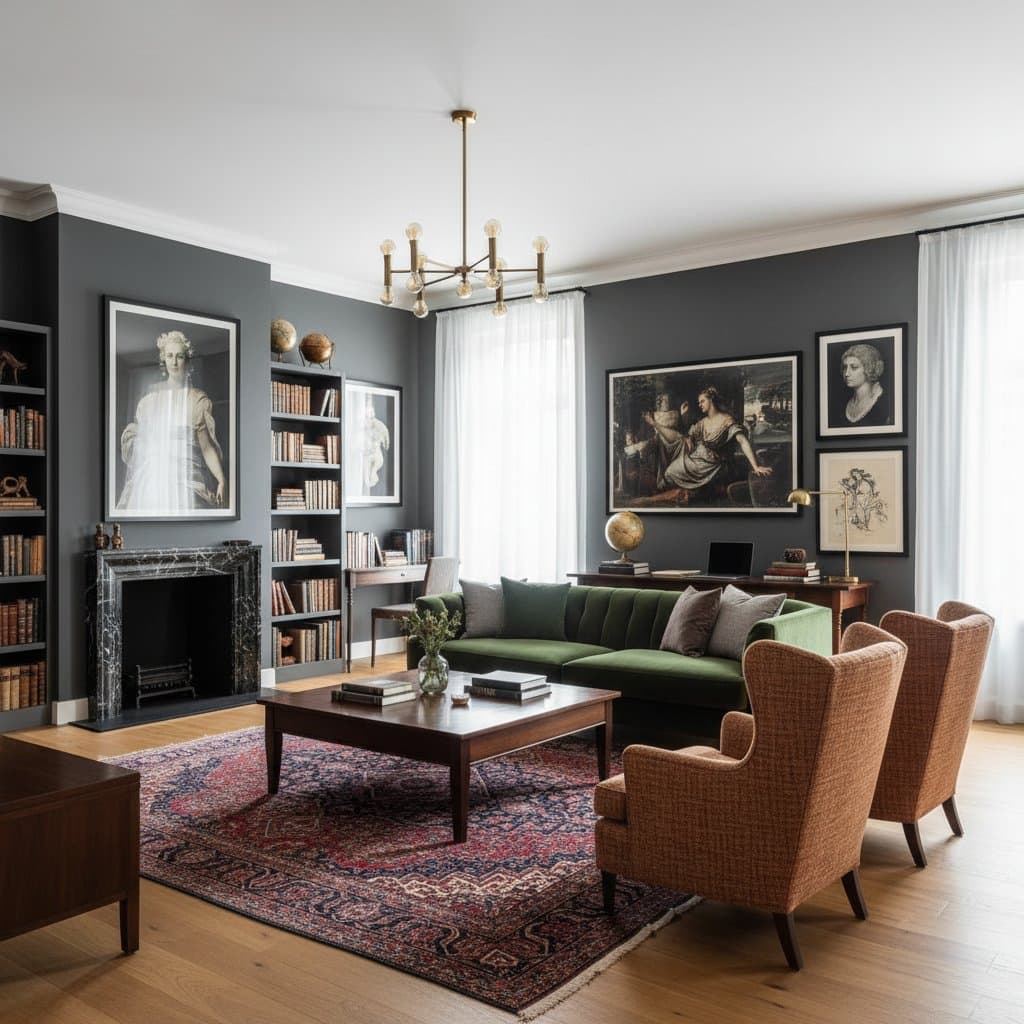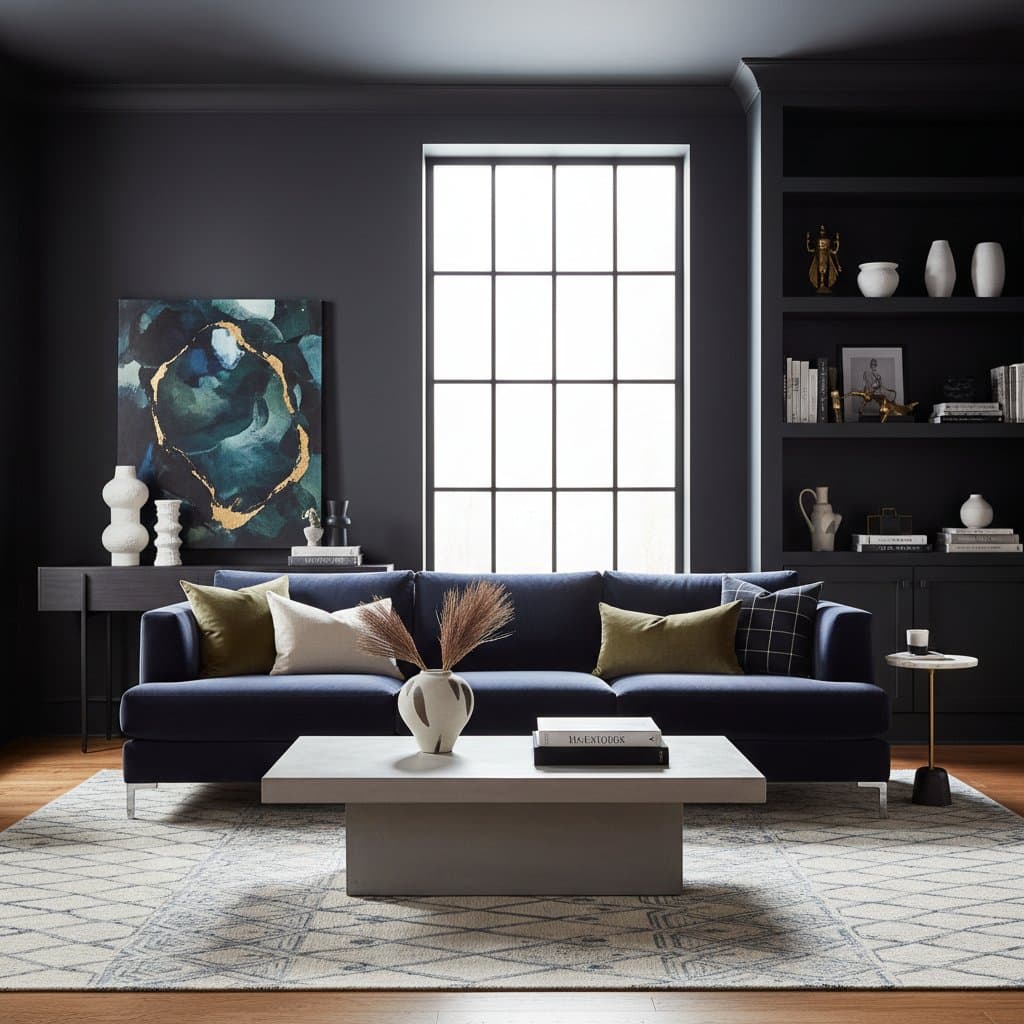Understanding Moody Interiors
Moody interiors represent a shift toward deeper, more immersive spaces that prioritize atmosphere over brightness. These designs feature walls in shades like charcoal gray, navy blue, or forest green, paired with plush fabrics and metallic accents. The result creates a sense of intimacy and sophistication that appeals to buyers seeking refuge in uncertain times.
This aesthetic draws from historical influences such as Victorian parlors and modern minimalist interpretations. In 2025, real estate professionals observe that such environments stand out in crowded markets. Buyers respond positively to rooms that feel curated and lived-in, fostering an immediate emotional connection.
Data from recent market analyses indicates that properties with moody elements receive 20 percent more inquiries during the first week of listing. The appeal lies in versatility; these spaces suit various lifestyles while projecting timeless elegance.
The Impact on Home Sales Speed
Homes staged with moody interiors sell up to 15 percent faster than those with neutral palettes. This acceleration stems from enhanced visual storytelling in online listings. Photographs of dark, textured rooms capture light in dramatic ways, drawing viewers deeper into the property's narrative.
Buyers in 2025 prioritize authenticity and comfort. Bright, sterile spaces often feel impersonal, while moody designs convey warmth and personality. Staging experts note that this approach reduces time on market by highlighting unique features without overwhelming renovations.
Consider the psychological draw: deep colors lower perceived room sizes, making spaces feel cozier and more manageable. Layered lighting adds depth, preventing flatness in images. Together, these elements boost engagement, leading to quicker offers and negotiations.
Key Elements of Moody Design
Color Selection
Select colors that harmonize with natural light sources. For south-facing rooms, opt for cooler tones like slate blue to balance warmth from sunlight. North-facing areas benefit from earthy reds or warm grays to counteract cooler ambient light.
Avoid stark blacks, which can absorb light excessively. Instead, choose mid-tone shades with subtle undertones. Test samples in different times of day to ensure the palette enhances the room's architecture.
Incorporate accents sparingly. A single wall in deep emerald green can anchor a living room, while lighter neutrals on adjacent surfaces maintain flow.
Textures and Materials
Textures add dimension and tactile appeal. Layer velvet cushions on leather sofas, or drape wool throws over wooden armchairs. These combinations invite touch and elevate perceived luxury.
Incorporate natural materials like reclaimed wood panels or stone tabletops. Such elements ground the design, creating balance against bold colors. Rugs in patterned weaves soften hard floors and define seating areas.
For walls, consider textured paints or subtle wallpapers with geometric motifs. These finishes catch light variably, enhancing photographic quality without visual clutter.
Lighting Strategies
Layered lighting forms the backbone of moody spaces. Combine ambient sources, such as recessed ceiling fixtures, with task lights like floor lamps. Accent pieces, including wall sconces, highlight artwork or architectural details.
Choose warm bulbs at 2700K to 3000K for a golden glow that complements dark hues. Dimmers allow flexibility, simulating evening coziness during showings. Avoid harsh overheads; they flatten the mood.
Incorporate mirrors strategically to reflect light and amplify space. A large gilt-framed mirror opposite a window bounces illumination, brightening corners without altering the palette.
Actionable Steps for Implementation
-
Assess your home's current layout. Identify rooms with strong natural light, as they adapt best to moody transformations.
-
Select a unifying color scheme. Draw inspiration from existing furnishings, such as a favorite rug or artwork, to ensure cohesion.
-
Update walls with low-VOC paints in chosen shades. Focus on one or two rooms, like the living area and primary bedroom, for maximum impact.
-
Introduce textures through accessories. Swap out plain linens for patterned ones, and add plants for organic contrast.
-
Install layered lighting fixtures. Budget-friendly options include plug-in lamps and smart bulbs for easy control.
-
Stage for photography. Clear surfaces, arrange furniture to guide the eye, and use professional photographers familiar with low-light techniques.
-
Test the setup with virtual tours. Ensure the atmosphere translates online, where most buyers begin their search.
These steps require modest investment, often under $2,000 for a standard home. Professional stagers recommend starting small to gauge buyer feedback before broader changes.
Benefits Beyond Speed
Moody interiors not only hasten sales but also potentially increase offers by five to ten percent. Buyers perceive higher value in thoughtfully designed spaces, associating them with quality craftsmanship. This trend aligns with growing demand for personalized homes that reflect individual style.
Homeowners enjoy the process, as updates enhance daily living. The design fosters relaxation and creativity, turning preparation into an opportunity for self-expression. In competitive markets, this edge proves invaluable.
Real estate agents report fewer price reductions for moody-staged properties. The emotional pull encourages decisive action, streamlining the selling journey. Embrace this approach to position your home as a standout choice in 2025.








